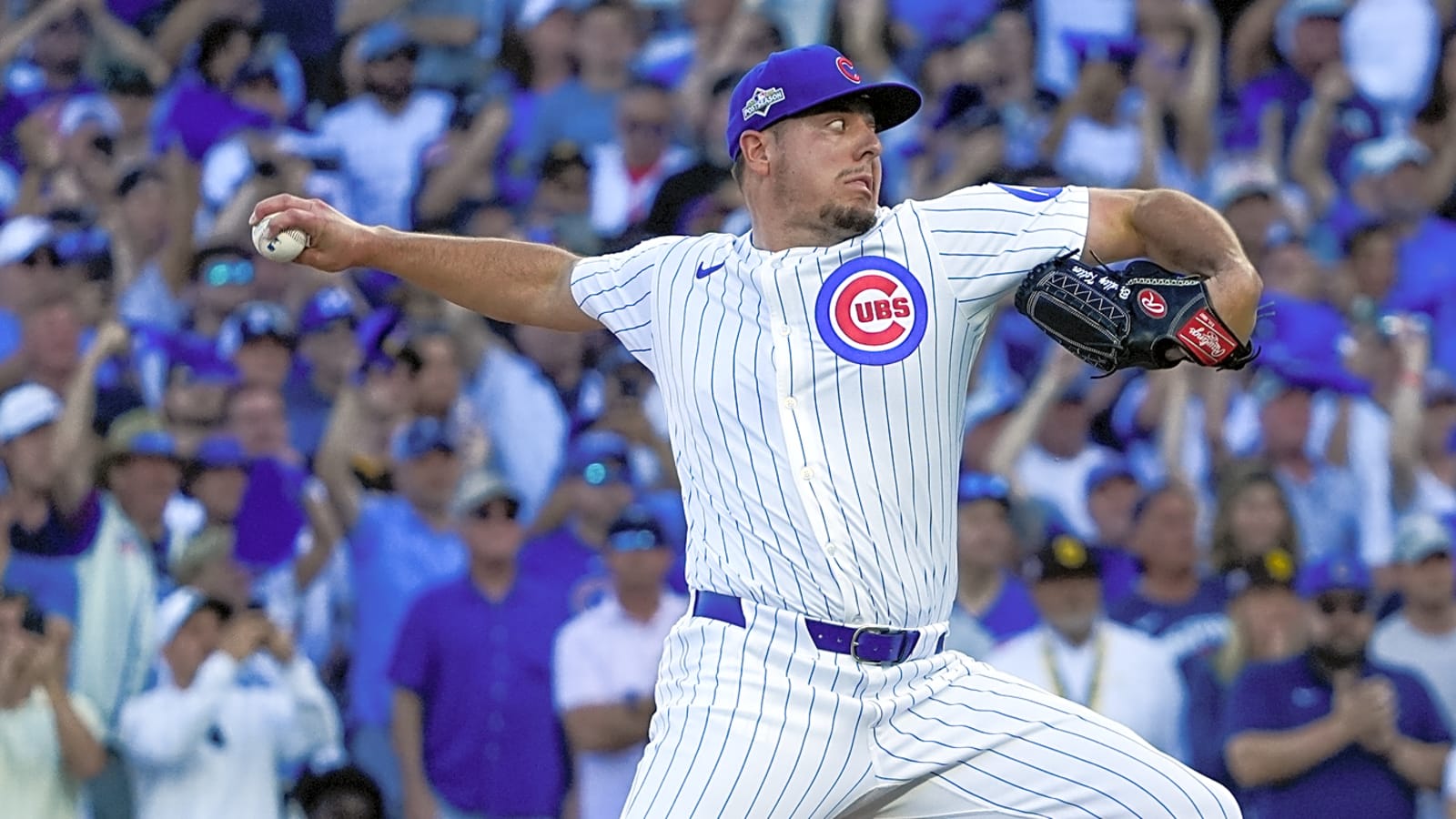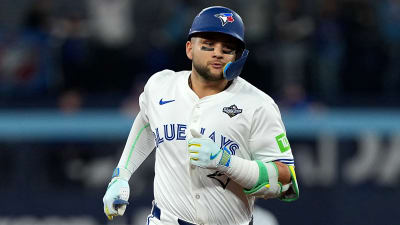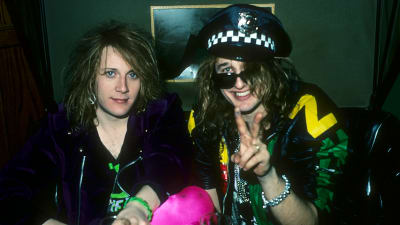
Padres-Cubs ninth inning shows why ABS challenge system is needed
Major League Baseball is introducing the Automated Balls-Strikes challenge system (ABS system) next season after growing complaints about the way balls and strikes are called. It might be a year too late for the San Diego Padres.
They could have really used that system on Thursday night in their 3-1 Game 3 loss to the Chicago Cubs that ended their 2025 season.
The Cubs' win sends them to the NLDS where they will play the Milwaukee Brewers.
Padres were robbed of key base-runner in ninth inning
After Jackson Merrill led off the top of the ninth inning with a solo home run to get the Padres on the board, Xander Bogaerts faced a 3-2 count and thought he had drawn an important walk to bring the tying run to the plate.
The pitch was clearly below the strike zone, and Bogaerts started to walk toward first base until home plate umpire D.J. Reyburn rang him up on a called third strike.
A HORRIBLE strike three call against the Padres from umpire D.J. Reyburn.
— Awful Announcing (@awfulannouncing) October 3, 2025
The Padres went on to lose 3-1 to the Cubs in Game 3 of the Wild Card series, leaving runners on second and third to end it.
Kevin Brown with the play-by-play call for ESPN. ⚾️♂️️ #MLB pic.twitter.com/1Hwik1ISKc
You do not even really need the K-zone to see that pitch is off the plate and low. It should have been ball four and it should have a base-runner with nobody out.
That call would become even bigger when Cubs closer Brad Keller hit the next two Padres batters. Had Bogaerts received the walk he should have the Padres would have had the bases loaded with nobody out. While you can not assume everything would have played out the same way, there is a good chance the Padres could have at least given themselves to tie the game with the soft groundout from Jake Cronenworth and fly out to deep center from Freddy Fermin that followed.
MLB has tested the ABS system in spring training and the 2025 All-Star Game, and is bringing it to the regular season next season. It will give teams two challenges of ball-strike calls per game. If the Padres would have had a challenge in that at-bat, they would have a legitimate chance to tie the game, or perhaps even extend their season.
The addition of the K-zone to TV broadcasts, as well as the graphics on MLB.com and ESPN that highlight where pitches are located has put added pressure on umpires and also highlighted missed calls. Before all of that technology was in place an expanded or shrinking strike zone from a particular umpire was just seen as part of the game. Or at the very least, nobody could really easily tell the difference between balls and strikes.
Now that the technology is there (whether or not the K-Zones and Gamecasts are accurate) people want to see the calls made correctly. Missed calls, especially in big moments, anger both teams and fans. Starting next season there might be at least some relief to that. It is long overdue.
More must-reads:
- Cubs eliminate Padres, advance to face Brewers in NLDS
- Tigers take down division champ Guardians to advance to ALDS
- The 'AL and NL MVPs since 2000' quiz
Breaking News
Trending News
Customize Your Newsletter
 +
+
Get the latest news and rumors, customized to your favorite sports and teams. Emailed daily. Always free!








